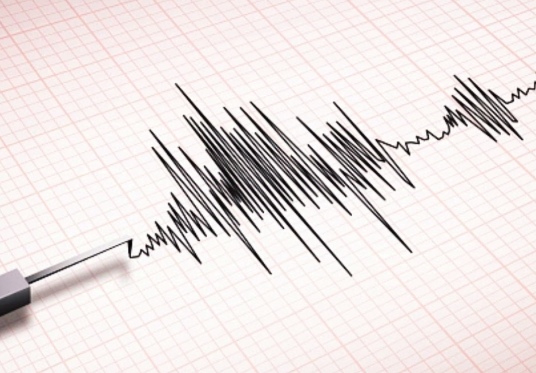India to Strengthen Earthquake Monitoring Network with 100 New Seismological Observatories

19 DEC 2024
The Kangra earthquake of 1905, one of India’s most devastating seismic events, serves as a stark reminder of the seismic vulnerability of the Himalayan region, including Himachal Pradesh. In a move to enhance earthquake preparedness, the National Centre for Seismology (NCS) under the Ministry of Earth Sciences (MoES) is set to expand its monitoring network with the addition of 100 new seismological observatories.
This initiative aims to bolster earthquake monitoring, establish robust early warning systems, and advance seismic research across the country. The National Seismological Network, currently consisting of 166 stations, forms the backbone of India’s earthquake monitoring efforts. It enables the NCS to conduct regular studies, analyze seismic data, and disseminate information to stakeholders at national and state levels using advanced technology.
Himachal Pradesh, a region prone to heightened seismic activity, currently hosts seven permanent seismological observatories. Data from these stations and others nationwide are available on the NCS website (seismo.gov.in). Expanding the observatory network in this state is expected to significantly enhance earthquake response capabilities and preparedness measures.
Union Minister of State (Independent Charge) for Science & Technology and Earth Sciences, Dr. Jitendra Singh, informed the Rajya Sabha today about the government’s commitment to improving seismic monitoring infrastructure. The addition of these observatories underscores India’s proactive approach to mitigating seismic risks and safeguarding lives and infrastructure.
By addressing the challenges posed by earthquakes, especially in vulnerable regions, these efforts aim to create a safer and more resilient India.





